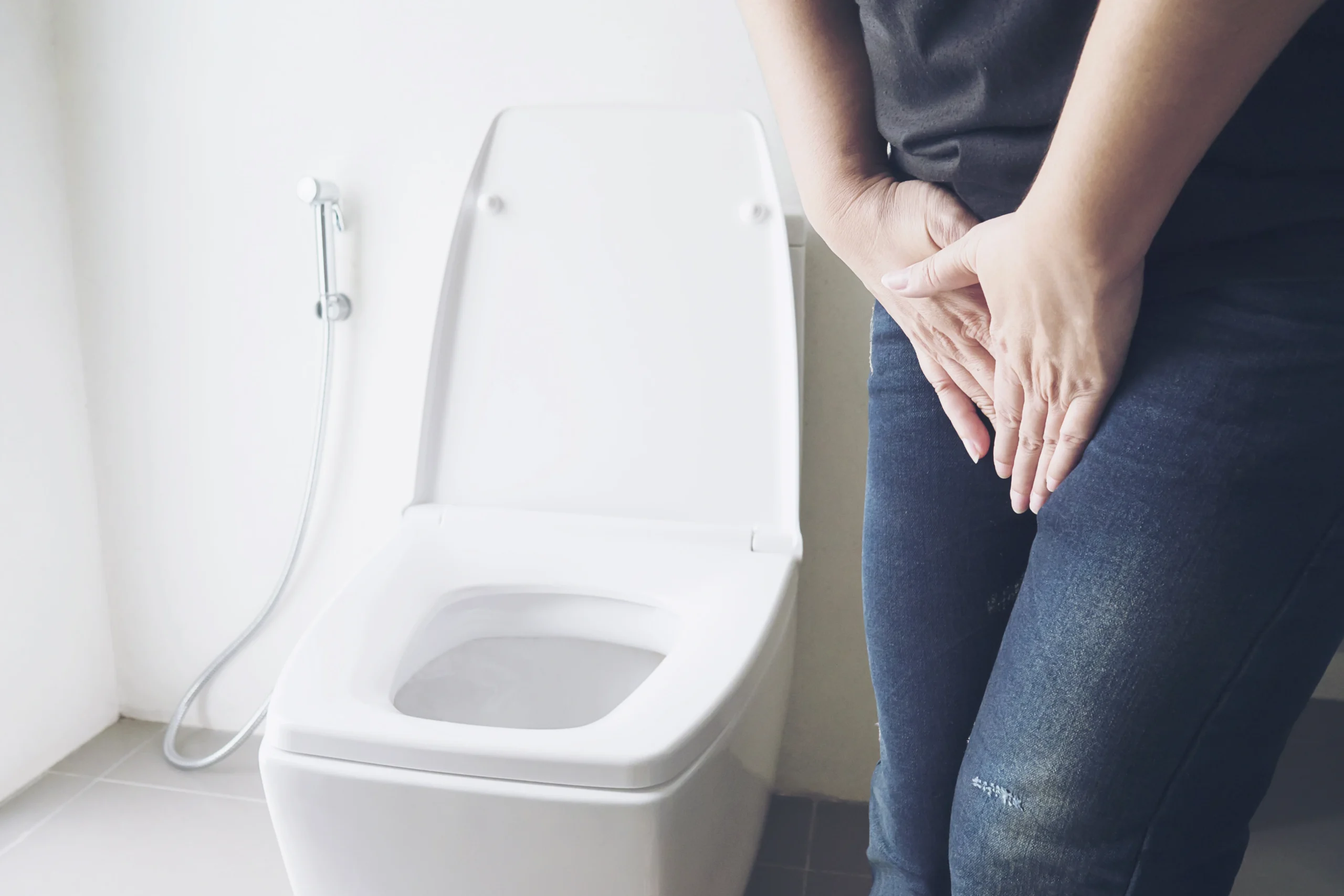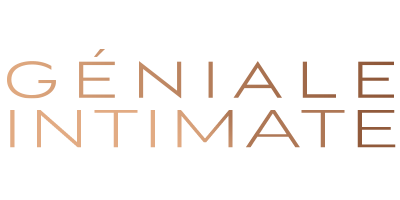Understanding Incontinence
Urinary incontinence affects up to 38% of Australian women and 10% of men according to the Continence Foundation of Australia's 2025 data. Despite its prevalence, many people suffer in silence due to embarrassment or the misconception that it's simply a normal part of aging or an inevitable consequence of childbirth.
At Géniale, Dr. Mike Shenouda and our team of specialists are committed to providing evidence-based, non-surgical solutions for incontinence. This comprehensive guide explains the causes, types, and treatment options available to help you regain control and confidence.
What is Urinary Incontinence?
Urinary incontinence is the involuntary leakage of urine. It ranges from occasional minor leaks to more severe, frequent episodes that can significantly impact quality of life. While it becomes more common with age, incontinence is not an inevitable part of aging and can be effectively treated in most cases.

Types of Incontinence
Understanding the specific type of incontinence you're experiencing is crucial for determining the most effective treatment approach:
Stress Incontinence
- What it is: Leakage that occurs when pressure is placed on the bladder, typically during physical activities like coughing, sneezing, laughing, or exercise.
- Primary causes: Weakened pelvic floor muscles, often resulting from pregnancy, childbirth, menopause, or certain surgeries.
- Who it affects most: Women, particularly after childbirth (affecting 1 in 3 women post-childbirth) or during menopause. It can also affect men after prostate surgery.
Urge Incontinence (Overactive Bladder)
- What it is: A sudden, intense urge to urinate followed by involuntary leakage. You may feel the need to urinate frequently, including during the night.
- Primary causes: Overactive bladder muscles, neurological conditions, urinary tract infections, or hormonal changes.
- Who it affects most: More common in older adults but can affect people of any age.
Mixed Incontinence
- What it is: A combination of both stress and urge incontinence symptoms.
- Primary causes: Multiple factors including pelvic floor weakness and bladder muscle overactivity.
- Who it affects most: Women over 40, particularly those who have had children and are approaching or experiencing menopause.
Overflow Incontinence
- What it is: Frequent or constant dribbling due to a bladder that doesn't empty completely.
- Primary causes: Blockage of the urethra, weak bladder muscles, certain medications, or nerve damage.
- Who it affects most: More common in men with prostate issues but can affect women with severe pelvic organ prolapse.
Functional Incontinence
- What it is: Leakage due to physical or cognitive limitations that prevent reaching the toilet in time.
- Primary causes: Mobility issues, cognitive conditions like dementia, or environmental barriers.
- Who it affects most: Elderly individuals or those with physical disabilities or cognitive impairments.
Risk Factors for Incontinence
Several factors can increase your risk of developing urinary incontinence:
- Gender: Women are more likely to experience stress incontinence due to pregnancy, childbirth, and menopause.
- Age: Bladder capacity decreases and involuntary bladder contractions increase with age.
- Pregnancy and childbirth: Hormonal changes and increased pressure on the pelvic floor during pregnancy, along with vaginal delivery, can weaken pelvic floor muscles.
- Menopause: Decreased estrogen levels can lead to weakening of the urethral tissues.
- Prostate issues: In men, enlarged prostate or prostate surgery can cause incontinence.
- Excess weight: Extra weight increases pressure on the bladder and surrounding muscles.
- Certain medical conditions: Diabetes, neurological disorders, and chronic coughing can contribute to incontinence.
- Family history: There appears to be a genetic component to urinary incontinence.
Diagnosis of Incontinence
A proper diagnosis is essential for effective treatment. At Géniale, our comprehensive diagnostic approach includes:
- Detailed medical history: Discussion of symptoms, duration, severity, and impact on quality of life.
- Physical examination: Assessment of pelvic floor strength and related structures.
- Bladder diary: Recording fluid intake, urination frequency, and incontinence episodes.
- Urinalysis: Testing for infections or other abnormalities.
- Additional testing: In some cases, specialised tests may be recommended to evaluate bladder function.
Treatment Options for Incontinence
Incontinence treatment has advanced significantly in recent years, with many non-surgical options showing excellent results:
Non-Invasive Approaches
- Pelvic floor exercises: Kegel exercises strengthen the pelvic floor muscles that support the bladder.
- Bladder training: Techniques to increase the time between feeling the urge to urinate and actually going to the bathroom.
- Lifestyle modifications: Weight management, dietary changes (reducing bladder irritants like caffeine and alcohol), and fluid management.
Light-Based Therapy at Géniale
At Géniale, we specialise in advanced light-based therapy for incontinence, which offers:
- Non-surgical, pain-free treatment: No incisions, anesthesia, or downtime required.
- Clinically proven results: Studies show up to 70% improvement in symptoms following light-based therapy (International Urogynecology Journal).
- Quick treatment sessions: Typically 15-30 minutes per session.
- Immediate return to activities: No recovery time needed.
Our Er:YAG laser technology works through two primary mechanisms:
- Neocollagenesis: Stimulating new collagen production to strengthen the vaginal walls and supporting tissues.
- Revascularisation: Improving blood supply to the urethral and vaginal tissues, enhancing their function and support.
Clinical data shows that 83% of patients report significant quality of life improvement following laser treatment for incontinence (Journal of Laser Medicine, 2024).
To find out more on this treatment, click here to visit our webpage on Incontinence Treatment.
Other Medical Interventions
- Medications: For certain types of incontinence, particularly urge incontinence.
- Pessaries: Devices inserted into the vagina to support the bladder and prevent leakage.
- Botulinum toxin injections: For overactive bladder symptoms.
- Surgical options: For cases that don't respond to conservative treatments.
Living with Incontinence: Practical Tips
While seeking treatment, these strategies can help manage symptoms:
- Scheduled toileting: Using the bathroom at regular intervals.
- Double voiding: Urinating, waiting a moment, then trying again to ensure complete emptying.
- Absorbent products: Modern, discreet products for temporary management.
- Pelvic floor physical therapy: Working with specialists to improve muscle function.
When to Seek Help
Many people delay seeking treatment due to embarrassment, but early intervention typically leads to better outcomes. Consider consulting a specialist if:
- Incontinence affects your daily activities or quality of life
- You find yourself avoiding social situations due to concerns about leakage
- You're experiencing any type of urinary leakage, even if it seems minor
The Géniale Approach to Incontinence Treatment
At Géniale, our approach to incontinence treatment is comprehensive and personalised:
- Thorough assessment: Understanding your specific type of incontinence and contributing factors.
- Customised treatment plan: Tailored to your needs, typically including our advanced light-based therapy.
- Supportive care: Guidance on complementary strategies to maximise results.
- Follow-up care: Monitoring progress and adjusting treatment as needed.
Our light-based therapy has helped hundreds of patients regain confidence and control, with 87% reporting significant improvement in their symptoms.
Take the First Step Toward Freedom from Incontinence
Incontinence may be common, but it's not something you have to accept as inevitable or untreatable. With the right approach, most people experience significant improvement or complete resolution of symptoms.
Contact Géniale today at (02) 9100 0820 or [email protected] to schedule a confidential consultation with our specialists. Our Sydney clinic offers the latest in non-surgical, evidence-based incontinence treatments to help you regain control and confidence.
